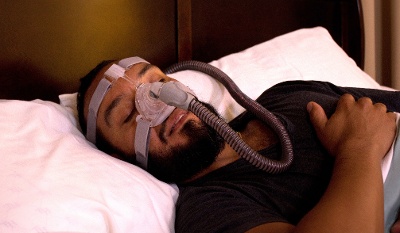More than 18 million people are suspected of having obstructive sleep apnea and most are undiagnosed. There are many best sleep apnea treatments available for those who have been diagnosed with this, depending on the severity and frequency of the apneas (moments when one or more breaths are missed as a result of obstruction and despite attempts to breathe), as well as personal preference.
Treatment options include everything from simple positional therapy to surgery. Each treatment has advantages and disadvantages.

Image Source Google
One of the main reasons for obstructive sleep apnea in adults is obesity. Obese adults are more likely to have sleep apnea because they have more tissue that can clog the throat during sleep, leading to more apnea. For adults with obesity, weight loss is one of the best treatments. Not only will this reduce or eliminate obstructive sleep apnea, but it will also have the normal benefits of healthy weight gain.
Surgery may also be performed to remove some of the excess fat that has built up to allow more air to flow. Surgery is also a consideration for those whose throat is blocked by chronically enlarged tonsils or adenoids, or for those with abnormal pharyngeal development.
Surgery may be performed to remove obstructive tissue and benign tonsils and adenoids in the hope that increasing the size of the airway will reduce the number of apneas tested.
There are several mechanical treatments for obstructive sleep apnea, such as. use of oral devices. Such a device is called a tongue-holding device, which prevents the tongue from resting over the opening of the throat and makes breathing difficult.
Another device is called a mandibular advancer, which protrudes from the lower jaw to allow more airflow through the throat. A more complex mechanical treatment is the CPAP machine.
CPAP means continuous positive airway pressure. This means that the device, which is a regulated air compressor, constantly creates positive pressure in the airways, making it easier to breathe.
